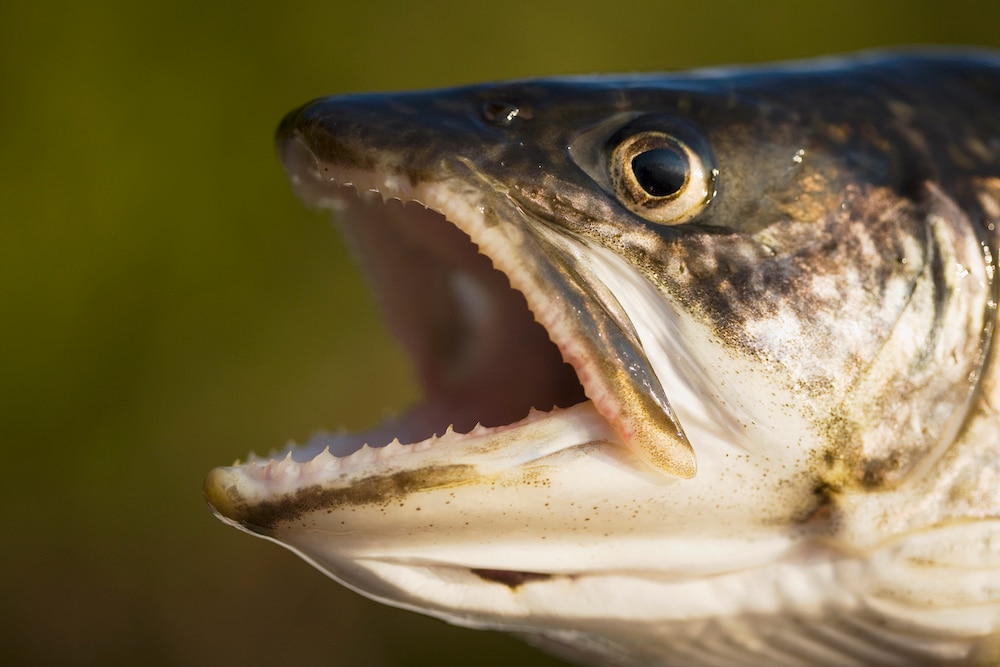Create a free profile to get unlimited access to exclusive videos, sweepstakes, and more!
Do some fish swim in the fountain of youth?
So this might be why fish don't need Botox.

You can be ancient, but you don’t have to look (or feel) like a mummy.
Never mind how old you are. There is a difference between your age in years and actual aging. Senescence, or the biological decline often associated with old age, may seem inevitable, but some organisms can escape it. Sure, fish don’t get wrinkles. Their scales would cover up for it even if they did. What some of them have that we don’t is the ability to look and feel much younger than they actually are — no expensive skincare or supplements required.
The thing about senescence is that it appears more obvious in species that reach adulthood and then stop growing. That could explain why a 190-year-old tortoise exists. It could also tell humans desperate to reclaim their youth and tired of “magical” treatments why lake trout hardly aged, as researcher Craig Purchase, who led a study recently published in Proceedings of the Royal Society B, found out. How they do it is a mystery, but they do it somehow.
“In species that do keep increasing in size with adult age, fertility can keep increasing, and predation threat may decline, since fewer things will eat them if they are bigger,” he told SYFY WIRE. “The benefit of being old is much more substantial in things that keep growing.”
Evolution doesn’t see much benefit in protecting the body when there is no increase in fertility. That might be why there is a visible decline in organisms that stop growing at maturity, since it seems the energy is better off used for something else other than keeping them in optimal breeding condition. Another nearly immortal tortoise could probably back that up after having fathered more than 900 offspring by the time he was 100 years old. If something keeps on growing, evolution might be maintaining its performance.
“Individuals that maintain performance leave more descendants than those that don’t, and over countless generations, species have adapted to these conditions,” said Purchase.
Observing species that grow and age differently may help us rethink senescence and why it may or may not occur. There are trees that have remained standing while entire empires rose and fell, and you can’t really tell them apart from a tree that isn’t old enough to have seen the Berlin Wall come crashing down. As evidenced by the growth rings that betray their age, trees keep growing. Trout have similar growth rings in their fins. The fish Purchase studied over an extended period were tagged and then scanned for those rings every time they were caught.
It’s not that lake trout will live forever, but if one that has been around for a while saw its human reflection in the mirror, it would probably look younger than an actual human of the same age. They all have the genetic potential for minimal aging because they evolved to keep growing longer into their lifetimes than we do. Purchase and his team suspect that if growth decline was eliminated altogether, any remnants of senescence could possibly go with it. This is why they want to study older fish in deeper lakes that might keep growing indefinitely.
“The reason for lack of senescence in lake trout is that, due to increasing reproductive potential and decreasing predation rate with age and therefore size, and low adult predation in the environment, they have a great likelihood of survival,” said Purchase.
There are still many unknowns as to what biological processes work to keep lake trout looking young, while humans are desperately booking appointments for facelifts and injectables to fight off wrinkles. Maybe the fish will reveal their secrets before someone else’s procedures go the way of Botched.
























